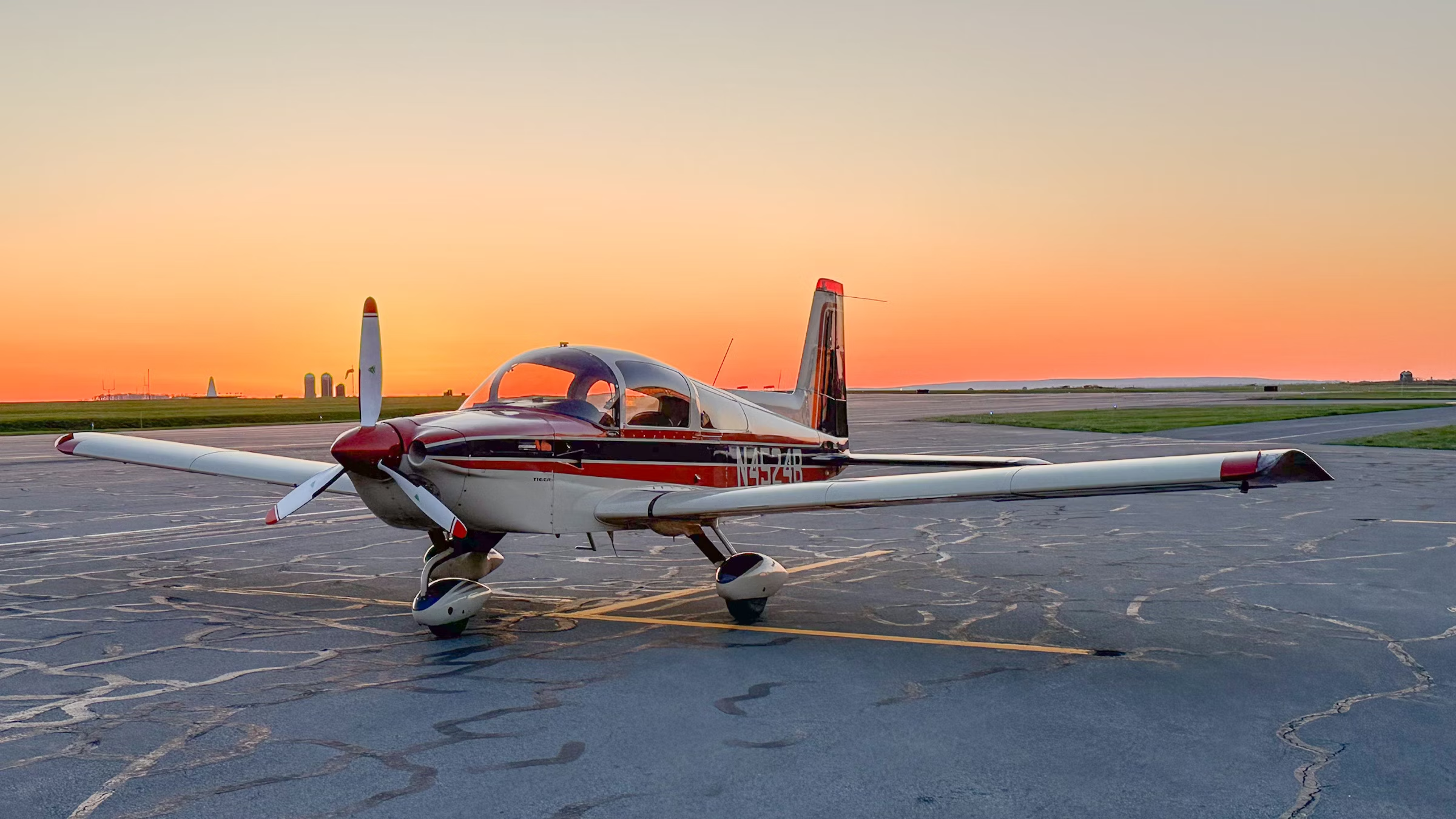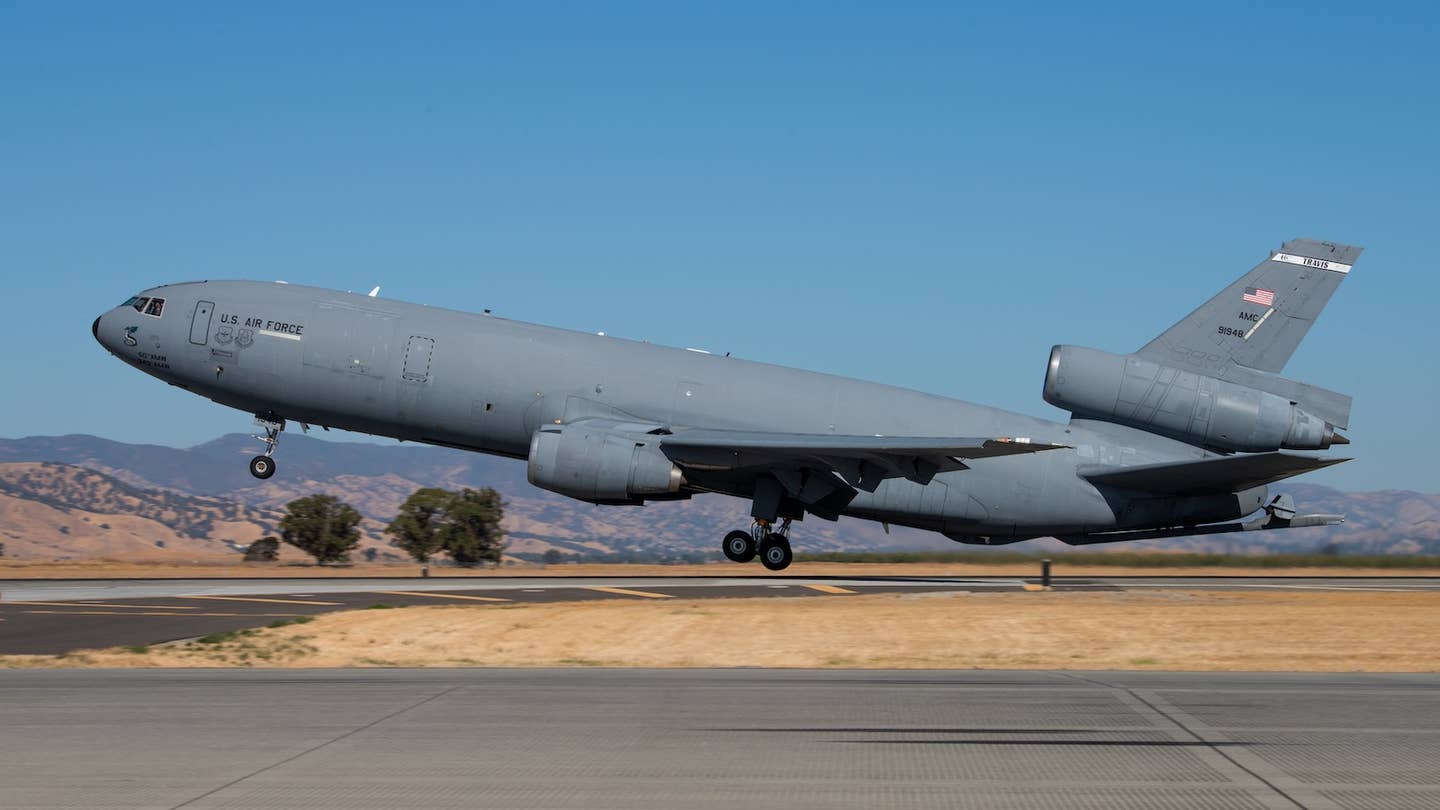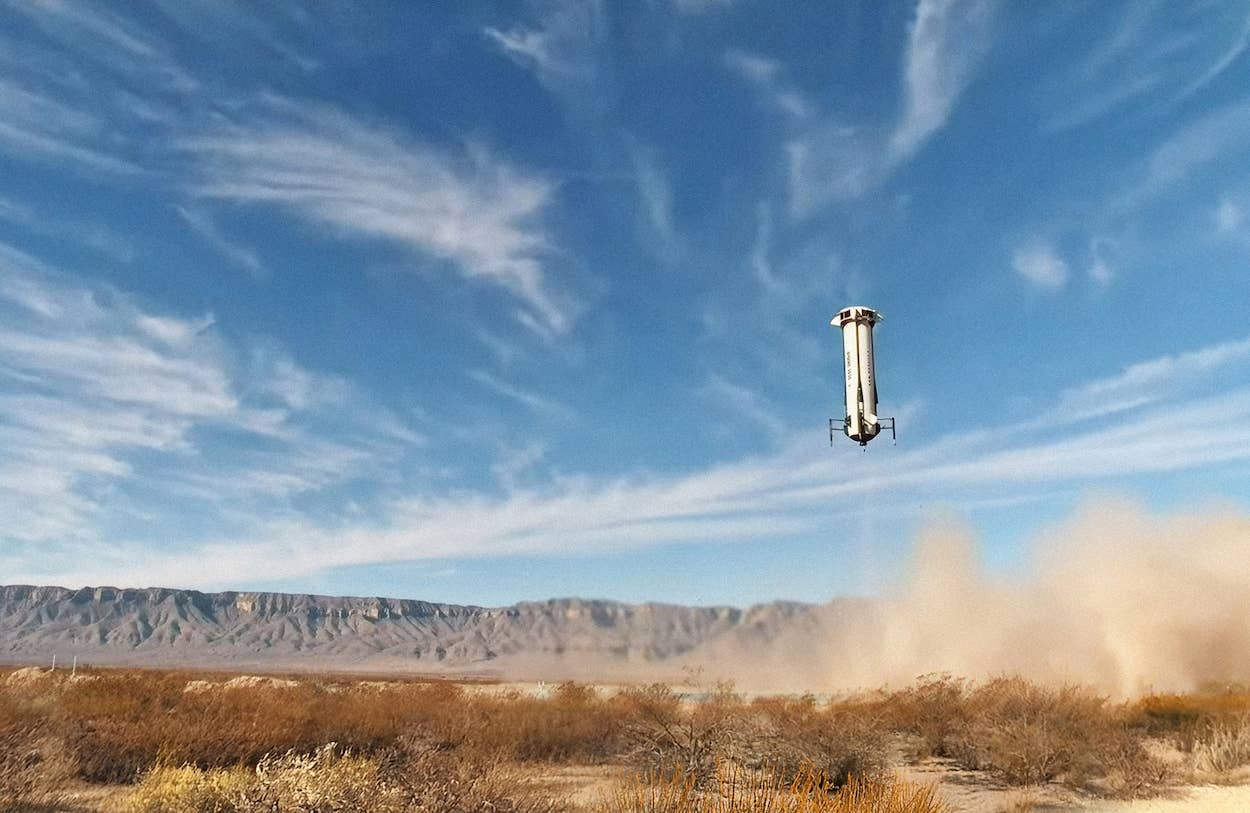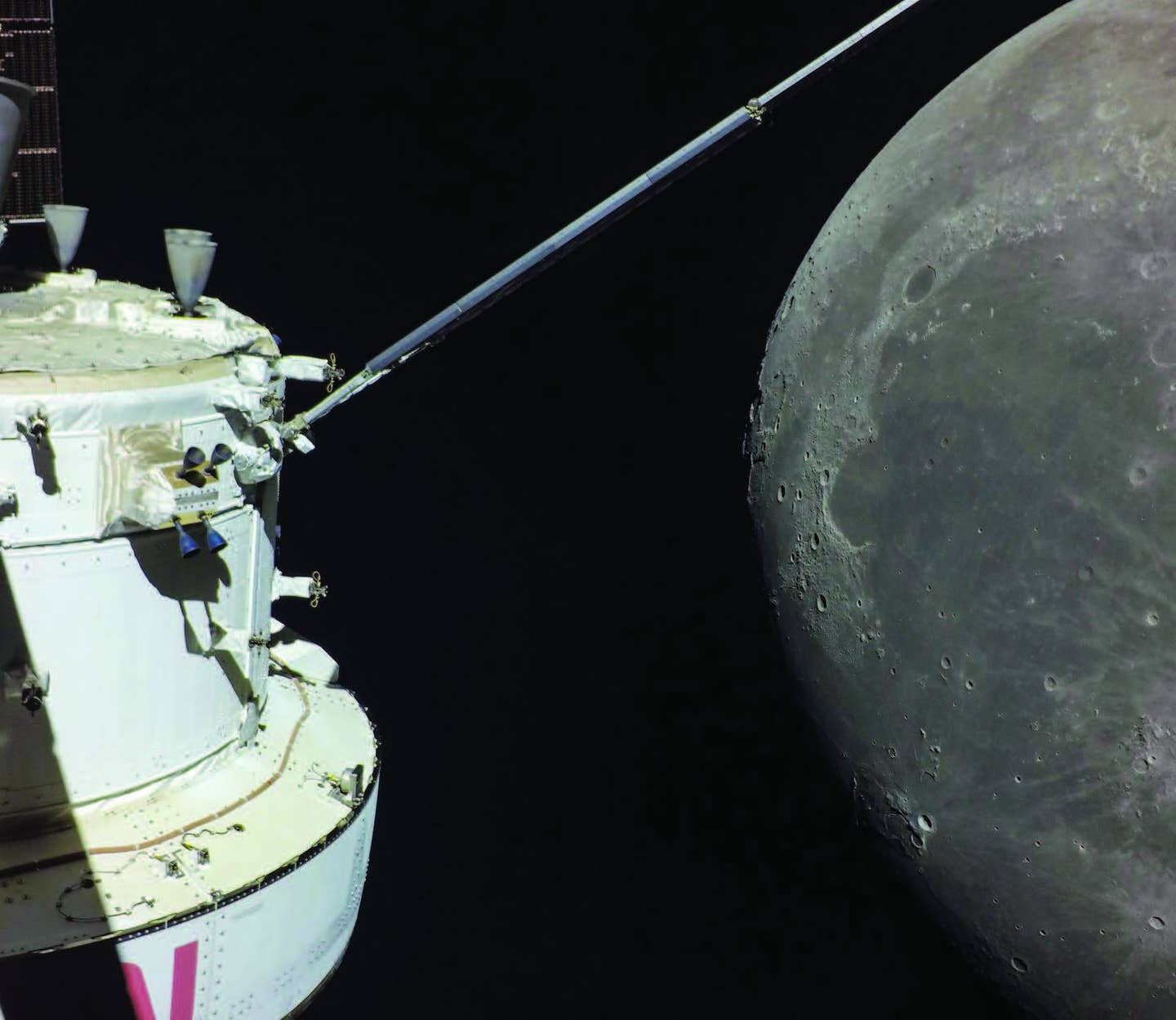Report: Sustainable Fuel Use Slumps as Global Air Travel Takes Off
In order for carriers to reach 2030 targets, carriers will need to boost consumption of SAF by over 30 times, Bloomberg reports.

An aviation maintenance technician loads sustainable aviation fuel into a 2021 Boeing Demonstrator. [Courtesy: Boeing]
Airlines consumed less sustainable fuels than anticipated in 2024, even after a booming year for air travel.
A recent Bloomberg report cited data from the International Air Transportation Association (IATA) stating that air travel rose 10 percent in 2024, reaching an all-time high. Another IATA report said SAF accounted for 0.3 percent of global jet fuel production and 11 percent of global renewable fuel in 2024.
“SAF volumes are increasing, but disappointingly slowly,” said Willie Walsh, IATA’s director general, in the report. “Governments are sending mixed signals to oil companies, which continue to receive subsidies for their exploration and production of fossil oil and gas. And investors in new generation fuel producers seem to be waiting for guarantees of easy money before going full throttle.”
Walsh said that governments can accelerate progress by winding down fossil fuel production subsidies and replacing them with strategic production incentives and clear policies supporting renewable energies.
From a majority of airlines like United to aviation manufacturers like Boeing, the aviation industry has largely committed to use more eco-friendly fuels.
But that doesn’t seem to be happening enough.
Bloomberg reported that in order for carriers to reach 2030 targets, they will need to boost consumption of SAF by over 30 times. The report also stated that even if airlines could replace 10 percent of their fuel with SAF by the end of the decade, expected industry growth may offset that.
“Looking to 2025, there is every indication that demand for travel will continue to grow, albeit at a moderated pace of 8.0 percent that is more aligned with historical averages,” according to the IATA data on air travel for 2024.

Sign-up for newsletters & special offers!
Get the latest FLYING stories & special offers delivered directly to your inbox






